Share This Article
2023 is already proving to be an exciting year across the Commercial, Residential, and Civil Construction industries, with much to celebrate and a few challenges too.
Highlights include the Civil Infrastructure sector remaining strong, with a particularly high demand for skilled Road and Rail personnel. This is a trend that we expect to persist throughout the remainder of the year.
The outlook for those specialising in Architecture and Design is also positive, with much of this work focusing on healthcare and government buildings, as well as high-end residential dwellings.
Although the market is secure, it’s clear that interest rates are impacting residential construction projects, with growth beginning to slow after high performance over the last two years. This pace will likely continue to drop as we move through 2023. However, with an increasing population, it’s natural to expect that the need for housing and associated infrastructures will recover and rise steadily.
Employer Trends
Employment opportunities in Construction declined in 2021 before experiencing a boost to approximately 1.18 million workers in 2022. This figure is forecast to shrink slightly this year due to the ongoing impact of inflation, increased costs of construction materials, disruptions to the supply chain, and a shortage of skilled workers.
In what is still arguably a candidate-led market, businesses offering attractive employee benefits are gaining an advantage over the competition. For those working within Construction, Engineering, and Architecture, the most important aspects of a job are the salary, followed by a positive work-life balance and ample career development opportunities. Being able to provide these benefits and opportunities will enable an employer to build the best reputation and attract top talent.
As there’s a shortage of skilled workers, it’s more important for employers to focus on attracting and retaining employees.
Candidate Trends
With so many opportunities for candidates working within the built environment sectors, these remain desirable professions to belong to. Although the market is not as strong for candidates as it was in 2022, there is a clear demand for skilled workers.
Professionals working in the Civil Infrastructure sector – in both blue-collar and white-collar positions – are currently especially sought after. Similarly, there is a shortage of experienced Engineers in Australia, where the demand for these professionals is increasing.
The need for experienced Engineers is due to increased investment in public infrastructure by the Australian government. This demand is also driven by the global commitment to clean energy solutions as part of the fight against climate change.
Salary Trends
Salary increases have notably slowed within the Construction and Architecture sectors when compared to year-on-year growth from the past two years.
Those working within the Civil Infrastructure sector have experienced a more positive year, with salaries increasing at a consistent level.
Featured Jobs
Senior Recruitment Consultant
We’re very excited about the growth of our Fetch team in Victoria, so much that we’re looking for a brand-new recruitment or sales superstar. If you’re currently looking to move into a new market where you can grow your career and forge lasting relationships with a number of our National PSA clients in the engineering space, this is a great opportunity for you.
Whether you are transitioning into the recruitment field or already a part of it but seeking an opportunity to work with a business that cares, why not come and be an integral part of our successful and growing team?
At Fetch, we are big on celebrating success and have a big focus on our culture. We prioritise the well-being and satisfaction of our team members. We provide exclusive access to our external Employee Assistance Program via Acacia EAP, and we take great care to ensure our team feels supported and content in their role. To foster a positive work culture, we organise yearly team trips, networking events, and even overseas trips for our top performers.
So, whether you are seeking a new role or you are just keeping an eye out for something great, why not check out this link and apply today?
Fetch Recruitment Updates
As well as being an exciting year to be a part of the Commercial, Residential, and Civil Construction industries, it’s also a great time to be a part of the team at Fetch Recruitment.
This year, we launched our Four-Day Workweek experiment. Research has shown that there are many benefits to employees, such as improved health and well-being. There are also benefits to employers from embracing this model, including increased employee productivity and fewer workplace distractions. We’re looking forward to seeing how switching our work up in this way impacts our business.
Additionally, we recently hosted our Impact for Women charity day to show support and raise funds for those experiencing family violence on Friday, the 24th of February.
Our team recently had the pleasure of attending the Master Builders Association of Victoria International Women's Day Breakfast on March 8th. The event featured inspiring guest speakers who shared their stories and insights on creating a more diverse, equitable, and inclusive world for all.
Among the notable speakers was Jo Stanley, a TV, radio, and podcast host, and columnist, who delivered a powerful address. We were also honoured to hear from Ro Allen (FAICD), Victorian Equal Opportunity and Human Rights Commissioner, and Kelly Cartwright OAM, Athlete, Paralympian Gold Medallist, who both shared their experiences and perspectives on developing a workforce where diversity, equity, and inclusion are truly valued.
The event provided an excellent opportunity for our team members to learn from and engage with leaders in various industries committed to advancing diversity, equity, and inclusion.
Our team also had the pleasure of celebrating St. Patrick's Day at the Irish Australian Chamber of Commerce's lunch event, where we were able to connect with other like-minded individuals who share our love for all things Irish, and to immerse ourselves in the Irish community in Australia.
Looking Ahead Through 2023
As you can see, 2023 is already shaping up to be a positive year for those in construction and associated industries. Despite a few challenges, there are signs of growth and much potential for the year ahead – both for candidates looking for new roles and for businesses looking to expand.
At Fetch Recruitment, our specialty is sourcing top talent within the built environment across Melbourne and Perth. So whether you're looking to expand your team, take your career to the next level, or gain insights into the current job market, we are here to assist you. Get in touch with our team today.


